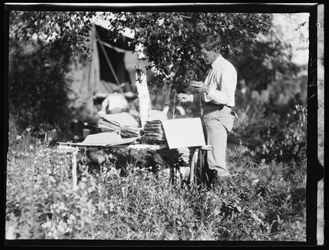
Click Image to Enlarge
P. H. Dorsett preparing plant specimens on a makeshift table in 1925 on an expedition to Ceylon (Sri Lanka), Sumatra, and Java (Indonesia).
National Archives, Records of the Bureau of Plant Industry, Soils, and Agricultural Engineering
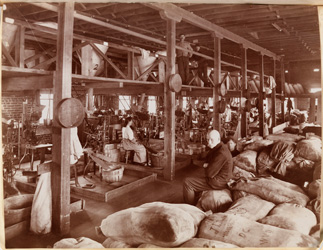
Click Image to Enlarge
Packeting floor of the Seed Distribution Building located in Washington, DC, 1905.
National Archives, Records of the Bureau of Plant Industry, Soils, and Agricultural Engineering
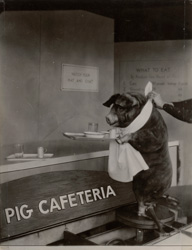
Click Image to Enlarge
“The Pig Cafeteria” was one of many exhibits created to educate farmers.
National Archives, Records of the Secretary of Agriculture

Click Image to Enlarge
Beginning in 1926, farmers could tune in to USDA weather forecasts, market reports, and programs like The United States Radio Farm School and Farm Flashes.
National Archives, Records of the Extension Service
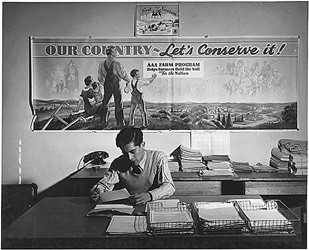
Click Image to Enlarge
The Agricultural Adjustment Act (AAA) of 1933 paid farmers subsidies to keep some crops off the market.
National Archives, Records of the Bureau of Agricultural Economics
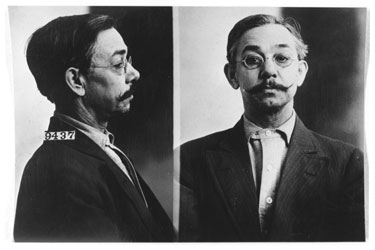
Click Image to Enlarge
Charles Wille was sent to Leavenworth Federal Penitentiary in 1915 for breaking the oleomargarine laws.
National Archives, Records of the Bureau of Prisons
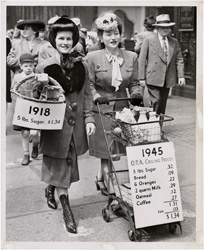
Click Image to Enlarge
These stylish ladies demonstrated what $1.34 bought in 1918 and 1945, thanks to the Office of Price Control.
National Archives, Records of the Office of Price Adminsitration
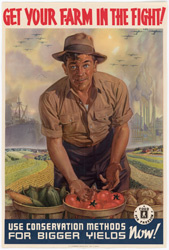
Click Image to Enlarge
World War II poster, 1942
National Archives, Records of the Secretary of Agriculture
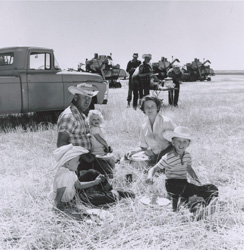
Click Image to Enlarge
Many urbanites held on to the agrarian myth—the belief that the family farm stood for all that is pure and good in America—but demanded the cheap food that large agribusiness could supply.
National Archives, Records of the United States Information Agency
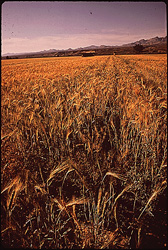
Click Image to Enlarge
The result of mechanical and biological revolutions in agriculture was increased productivity, reduced labor, greater specialization, and lower costs to consumers.
National Archives, Records of the Environmental Protection Agency

